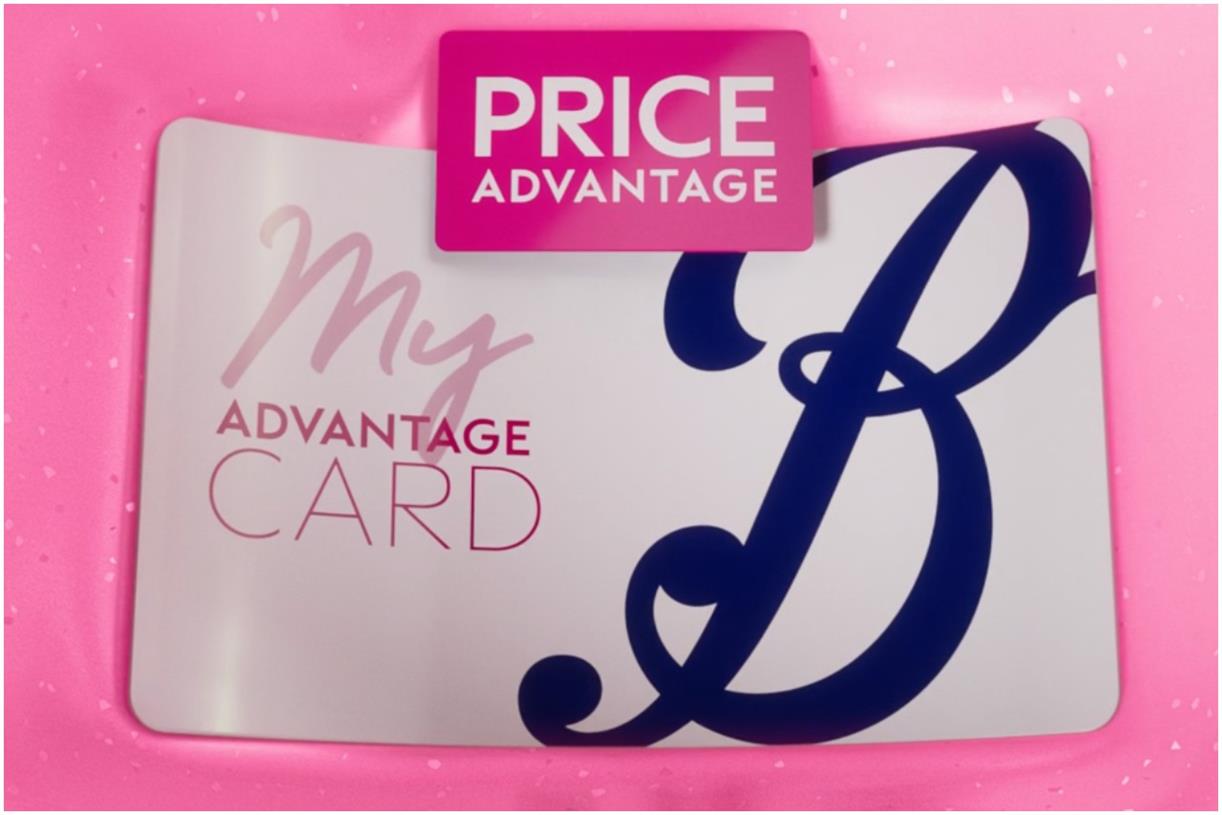Content Marketing vs. Content Strategy: What’s the Difference?
The distinction between content marketing and content strategy is subtle because the two concepts work together. The post Content Marketing vs. Content Strategy: What’s the Difference? appeared first on DigitalMarketer.


The distinction between content marketing and content strategy is subtle because the two concepts work together. Once you figure it out, you can use them as the one-two punch to help grow your brand.
This post explains content marketing and content strategy and gives advice for using both to benefit your business.
The Difference Between Content Marketing vs. Content Strategy
Content strategy is your master plan to drive business goals with content. It focuses on the big-picture tasks that help you meet your customers’ needs and achieve your business objectives.
Content marketing is a group of tactics or activities you use to enact your content strategy. It’s the creation and distribution of content that helps your audience solve problems and lead better lives. Even though you may not actively try to sell with all content marketing, the free information you provide will eventually help you attract and convert your target audience to drive business growth.
The objectives, approaches, and outcomes differ for content strategy vs. content marketing.
Objectives
Content strategy seeks to document the role content will play in your business goals. It gives content marketing efforts direction, cohesion, and meaning.
Content marketing revolves around creating brand awareness, generating leads, and capturing demand by transforming ideas into content assets and sharing them.
Approaches
Content marketing assembles your marketing resources to create and distribute content assets across relevant channels to build a brand’s presence. It also includes measuring data to alter content campaigns where necessary.

Content strategists determine the content marketing tactics will be most meaningful for your business objectives. They handle all the backend of content from pre-production (like research, content audit, and content guidelines) to production (like content creation, distribution processes, and tools) and post-production (promotion, evaluation, and analysis).
Outcomes
Content marketing leads to increased brand traffic, authority, trust, lead generation, conversion, and loyalty.
Content strategy produces content marketing systems that position a brand as the solution to customers’ needs.
How Content Strategy and Content Marketing Intersect
Despite being different, content strategy and content marketing work together. They are two sides of the same coin.
Strategy is the Foundation for Marketing Practices
Content strategy helps you decide why and how you want to create content. So, content marketing success depends on your strategy.
Content marketing is the process of putting your content strategy to work. It’s creating, distributing, and measuring the success of the content according to the content strategy. So, your content marketing efforts rely on your content strategy to achieve your business goals.
Neither Can Stand Alone
As marketing expert Amanda Milligan said, “Don’t try marketing without strategy; don’t bother strategizing without marketing.” What’s the point in making plans if you don’t implement them? And how can you succeed with your marketing efforts if you don’t have a plan? Strategy and implementation go hand in hand.

After Strategy, Marketing Begins
If content marketing is the act of preparing a meal, the content strategy would be all the decisions you make before the actual cooking. What are you going to cook? What ingredients will you use? Where will you cook it, and how will you serve it?
Once you determine what to do, when, where, and how to do it during content strategy, you can bring the vision to life in the form of content.
Benefits of Content Strategy
Content strategy is critical because it lays out your content game plan. Without strategy, you’re wasting time and effort producing content and hoping it works. So, it’s almost an accident if your content works well for your brand without strategy. Here are some other benefits of content strategy.
Creates a Unified Brand Voice
Your brand voice must be consistent across all your marketing channels if you want your brand to stand out in a crowded market. A good content strategy will make sure of it.
Studying your brand story, personality, and style guide will help you define a consistent voice for your content marketing team, so your brand doesn’t sound too inconsistent on any content channel.
Increases Efficiency
A documented strategy streamlines your content operations to keep you from wasting time and resources figuring things out. That’s because it puts systems in place to guide your production and distribution, allowing you to complete tasks faster and within budget.
Content marketing has so many moving parts that leaving anything to chance is a mistake. Your content strategy should state what the content is (title and format), who’s responsible for what, where to store your content, and where to publish it.

Maps a Clear Path to Success
A good content strategy defines what you’re trying to achieve and the metrics to track to measure success. When this is clear, you can prioritize your activities accordingly. And you can measure what’s working and what’s not to keep your content relevant to your audience and helpful to your business goals.
Establishes Content Intent
Creating content will waste your time and resources if you don’t have a purpose that ties it to your business goals. Each content asset should take a prospect further down your marketing funnel. Anything short of that is creating content for content’s sake, and the best you can get out of it will be vanity metrics that don’t help your business. Establishing a purpose for your content is the essence of content strategy.
Benefits of Content Marketing
Your customers don’t know when they see your content strategy in action, but they see your content marketing. It answers their questions and makes them consider doing business with you. Here are some other benefits of content marketing.
Drives Engagement
Customers engage with content they find valuable. The more content you share, the better your chances of keeping them on your platforms long enough to like, comment, and share your content with friends.
Increases Brand Awareness
By distributing valuable content, you’re making it easier for your target audience to find your brand and buy from you. Without brand awareness, people can’t even consider your products or services.

Builds a Relationship with Your Audience
If the information you share helps your audience live better, they’ll naturally grow fond of and want to continue using your brand. And because your value systems will shine through, the content you share and help you build stronger relationships with the right customers. As your relationship develops, these people will become advocates for your brand and recommend it to others.
Instills Credibility
Consumers and search engines will grow to trust you when your content demonstrates your thought leadership, expertise, and authority. Backlinks and mentions from other brands will also serve as a vote of confidence for your brand. Credibility attracts more positive attention to your brand.
Leads to Customer Acquisition
Turning your content marketing beneficiaries into customers is the goal. When they see how much value you’re giving away for free, they can only imagine how helpful you will be when they pay for your products or services. This value will increase their chances of becoming your customers.
If you don’t know where to start, look at the latest trends in content marketing and see if any are a good fit for your business.
Best Practices for Implementing Content Marketing and Content Strategy
There’s no one way to create and implement content strategy or marketing. Strategy depends on your business and its goals. Content marketing depends on your audience’s needs and your creativity. While there’s no one approach to either, there are best practices for each.

Gather Audience Information
Content-market fit is when your content satisfies or exceeds your audience’s needs. Every business wants this, but those who achieve it do so only because they know their audience well enough to tailor their content to their specific situations.
To create valuable content, you need to know the people you serve by:
Demographics (age, education level, gender identity, education level, etc.) Psychographics (interests, beliefs, values, etc.) Goals and pain points Where they gather online What they’re trying to do when they go online (also known as search intent)The more information you have, the better your ability to create an ideal profile or buyer persona to guide your marketing efforts. You really can’t know too much about your ideal audience.
To gather the most accurate audience data:
Identify the people who need your products and services. Survey your current customers. Review your competitors’ clients. Use online data tools like Facebook audience insights or SEMRush.Approaching every piece of content strategy or marketing effort with a clear picture of your ideal buyer in mind will help you tailor your content to their specific needs.
Set Clear Goals
Setting clear content goals helps you define what success means for your content marketing efforts. Apart from allowing you to align your actions toward success, setting clear goals also lets you measure the effects of your efforts.

Are You Ready to Master Social Media?
Become a Certified Social Media Specialist and learn the newest strategies (by social platform) to draw organic traffic to your social media sites.
For example, if you want to drive traffic to your website to increase brand awareness, analyzing the difference in your weekly or monthly website visits and what posts are bringing in the most traffic will help you measure the impact of your efforts. You can do more of what works.
Setting clear goals for your content marketing will enhance your goals for individual content assets.
To set clear, more achievable content goals:
Understand the overall goals of the business and the part content can play in reaching them. Audit your content activities to understand how far you are from achieving those goals. Identify the resources you need to achieve those content goals. Put numbers and timeframes to your goals (e.g., increasing website traffic by 25% in the next year).Develop Processes
Content marketing requires a sense of organization. Keyword research, content creation, and distribution are just a few of the routine tasks. You’ll need to create workflows to coordinate the many moving parts if you don’t want things to fall through the cracks.
Content calendars help marketers of all experience levels to coordinate their content operations. Creating one will make you more productive and efficient. If you’re looking for a place to start, there are a host of online tools to help, ranging from Google Sheets, where you build your own calendar, to Coschedule, where you use a template.
Create a content calendar by:
Listing your content ideas Determining the content formats Documenting your publishing and distribution frequency to schedule the ideasCreate Quality Content
Quality content is your ticket to a successful content marketing campaign. Your audience is busy, so they’ll be more impatient with wishy-washy content. They won’t stick around long enough to buy from you or exchange their contact information if your content doesn’t draw them in.

To create content that resonates with your audience:
Focus on Originality. Most of the content online is a bunch of recycled information. Original content approaches the topic in new and unique ways. Your content will stand out by researching an issue in your industry, sharing your personal experiences, or adding fresh insight to what exists. Repurpose Existing Content. Repurposing helps you maximize the value of the content you already created. For example, you can turn audio or video content into a blog post, social media posts, or an infographic. Repurposing helps your content work for you on multiple platforms. Leverage User-Generated Content (UGC). User-generated content is gathering customers’ feedback and reviews and sharing them with your audience. UGC resonates because other customers often regard the opinions of their peers above brand messages. Utilize Data and Analytics. Data helps you analyze audience behavior to better understand the type of content they want and need, how they want it, and when. Use analytics to inform your content decisions from strategy to post-publication. Be Flexible. Working with content means being ready to adjust your plans as often as necessary. Audiences and their needs change, so you must be ready to pivot with them.Content Marketing vs. Content Strategy
Content Marketing and Content Strategy are connected, but they aren’t the same. You need content strategy as the blueprint to serve your customers and content marketing to execute your strategy. Using both well will help you build a well-oiled content engine that will serve your audience and your business now and for years to come.

 Astrong
Astrong 









![How to Create a 5-Year Plan You'll Actually Stick To [In 4 Steps]](https://blog.hubspot.com/hubfs/5%20year%20plan.jpg#keepProtocol)





















